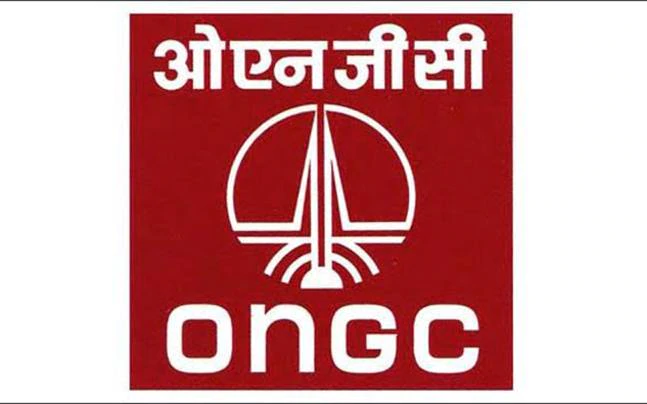
Australia’s largest VPP grows again
The South Australian Government is expanding Australia’s largest Virtual Power Plant (VPP) with another 3,000 families in Housing SA properties receiving rooftop solar systems and residential batteries to help lower bills and create a more resilient energy grid.
The $60.6 million expansion to the Tesla project will also improve the grid for all other South Australians.
Minister for Energy and Mining, Dan van Holst Pellekaan, said the Australian Government will provide $10 million from its $50 million Grid Scale Storage Fund competitive process to secure voltage and frequency support and synthetic inertia in a world-leading procurement.
“Working with Tesla, we have expanded the scheme from 100 to 1,100 homes, and will now take that to 4,100 Housing SA properties across the state,” Mr van Holst Pellekaan said.
“In a world-first, home batteries will provide the grid stability services that South Australia has lacked since the closure of the Northern Power Station, to address the legacy of instability that we inherited.
“This will deliver at a household level what we are also delivering through the 50 per cent expansion of the big battery at Hornsdale Battery to address these legacy issues.”
“This is the largest per capita roll out of home batteries in the world. In combination with the Home Battery Scheme and free batteries for bushfire victims, this takes the number of home batteries already installed and committed in SA to over 20,000.”
“Having rooftop PV and household batteries linked through a Virtual Power Plant creates the equivalent of a grid-scale battery in our suburbs and towns, which will complement the four other grid-scale batteries already operating in South Australia.
“Tesla’s vision is to grow this VPP to include 50,000 homes across South Australia and has already started adding private households in addition to the Housing SA tenants participating in the project.”
In addition to $10 million from the SA Government, Tesla is contributing $18 million to the expansion, the Australian Renewable Energy Agency (ARENA) is providing an $8.2 million grant and the Clean Energy Finance Corporation (CEFC) is providing a $30 million loan support the VPP’s expansion.
ARENA CEO, Darren Miller, said this expansion was the next step towards the commercialisation of VPPs.
“This project represents a significant step towards a technology and commercial model for battery and solar that requires no upfront cost or risk to the customer. Another benefit of this approach is that it is open to households that otherwise wouldn’t have access to renewable energy options,” Mr Miller said.
With more than 2.5 million households already owning rooftop solar and more than 60,000 home battery storage systems already installed in Australia, Mr Miller said VPPs would be important to Australia’s future energy security and reliability.
“As rooftop solar and home battery storage increases in Australia in the coming decades, virtual power plants potentially have an important role to play in harnessing distributed energy in a way that maximises the benefit to the customer as well as the electricity system as a whole.
CEFC CEO Ian Learmonth said that the CEFC is proud to be investing in Australia’s largest VPP and help tenants benefit from the program.
“Tenants are often locked out of the clean energy market because they are unable to install rooftop solar systems on rental properties. The SA VPP is delivering an innovative clean energy solution to Housing SA tenants, drawing on proven and cost-effective technologies.
“Australia is one of the world’s sunniest continents, with the highest use of rooftop solar panels. We see VPPs as an increasingly important element of Australia’s low emissions electricity system of the future, supporting the increased integration of our low-cost renewable energy into the grid.”
Tesla expects the VPP expansion to create about 80 full-time equivalent jobs for licenced South Australian electricians during the project’s anticipated 18-month deployment and will include locally produced solar panels.
















